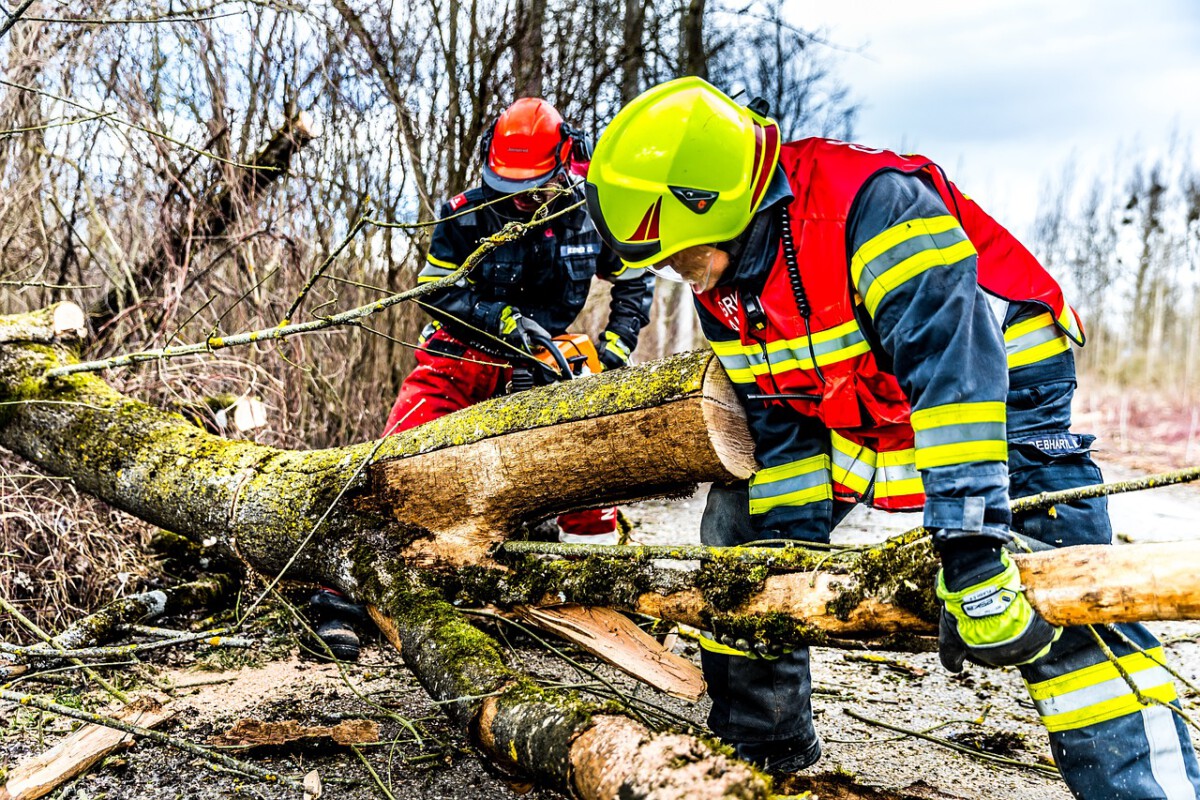
The Storm That Struck Without Mercy (Image Credits: Pixabay)
Western Alaska – Under brooding skies heavy with the scent of salt and churned earth, remote communities grapple with the aftermath of a storm that tore through like an uninvited force.
The Storm That Struck Without Mercy
Imagine a typhoon’s fading roar turning into a nightmare for isolated villages. That’s exactly what happened when the remnants of Typhoon Halong slammed into western Alaska over the weekend. Winds howled, surges flooded homes, and in mere hours, entire ways of life hung in the balance.
Places like Kipnuk and Kwigillingok bore the brunt, with water levels rising faster than anyone could prepare. Elders recall nothing like it in decades. This wasn’t just bad weather; it was a catastrophe that wiped out infrastructure overnight.
Local leaders mobilized quickly, but the sheer force overwhelmed defenses. Now, the focus shifts to survival and the harsh reality of what’s next.
Evacuations on a Massive Scale
Hundreds of residents have been airlifted out in one of the largest operations of its kind in the state. Planes buzzed overhead, ferrying families to safety in Anchorage, where the Alaska Airlines Center now serves as a makeshift haven for up to 300 people.
The American Red Cross stepped in to coordinate shelters, providing beds, meals, and a sense of normalcy amid the chaos. Yet, for many, leaving behind ancestral lands feels like ripping out roots. Children clutch belongings, while adults stare at the horizon, wondering when they’ll see home again.
Over 2,000 people are displaced so far, and officials expect that number to climb as assessments continue. It’s a logistical puzzle, piecing together transport for remote spots accessible only by air or water.
The Devastation Uncovered
Surveys reveal a grim picture: homes submerged, schools ruined, and roads turned to rivers of mud. In some villages, nearly every structure sustained major damage, forcing a complete rethink of rebuilding.
Power lines snapped, fuel supplies contaminated, and fresh water sources tainted by floodwaters. Elders in these Native communities worry about cultural sites lost forever, buried under debris.
One resident described it as the village being “erased from the map.” The economic hit is equally severe, with fishing boats smashed and hunting grounds altered.
Governor Dunleavy’s Stark Outlook
Governor Mike Dunleavy didn’t mince words in his plea to the White House. He warned that the damage runs so deep, many evacuees might not return for at least 18 months. That’s not hyperbole; it’s based on early damage reports showing rebuilds that could span years.
He’s pushing for a major disaster declaration to unlock federal funds for everything from temporary housing to long-term infrastructure. Without it, recovery grinds to a halt. Dunleavy highlighted how these villages, already vulnerable, now face an uncertain future.
His request underscores the isolation factor – supplies and workers can’t just drive in; everything comes by air or sea, jacking up costs and timelines.
Steps Toward Rebuilding
Relief efforts are ramping up, with phases outlined for immediate aid followed by debris cleanup and eventual reconstruction. Phase one focuses on basics like food and medical care, while later stages tackle permanent homes.
Community leaders emphasize resilience, drawing on past storms to rally support. Federal agencies like FEMA are on standby, ready to assist once approvals come through.
- Emergency shelters in Anchorage for initial housing.
- Debris removal to prevent further hazards.
- Temporary bridges and power restoration as priorities.
- Economic aid for lost livelihoods in fishing and subsistence living.
- Cultural preservation grants to protect heritage sites.
Human Stories Amid the Ruin
Behind the stats are families torn apart by uncertainty. A mother from Kwigillingok shared how her kids ask daily about going home, their world upended in a flash.
Volunteers from across Alaska are pitching in, offering clothes, counseling, and even traditional foods to ease the transition. It’s these small acts that knit the community tighter.
Though the path ahead looks long, the spirit here shines through. History shows these folks bounce back stronger, weaving new chapters from old wounds.
Key Takeaways
- Over 2,000 displaced, with shelters straining in Anchorage.
- Recovery timeline: At least 18 months for many to return.
- Federal aid crucial; governor seeks disaster declaration now.
In the end, this storm tests Alaska’s resolve, reminding us how fragile remote lives can be against nature’s power. Yet, with unity and resources, hope flickers on the horizon. What stories of resilience have you seen in disaster recoveries? Share in the comments.







